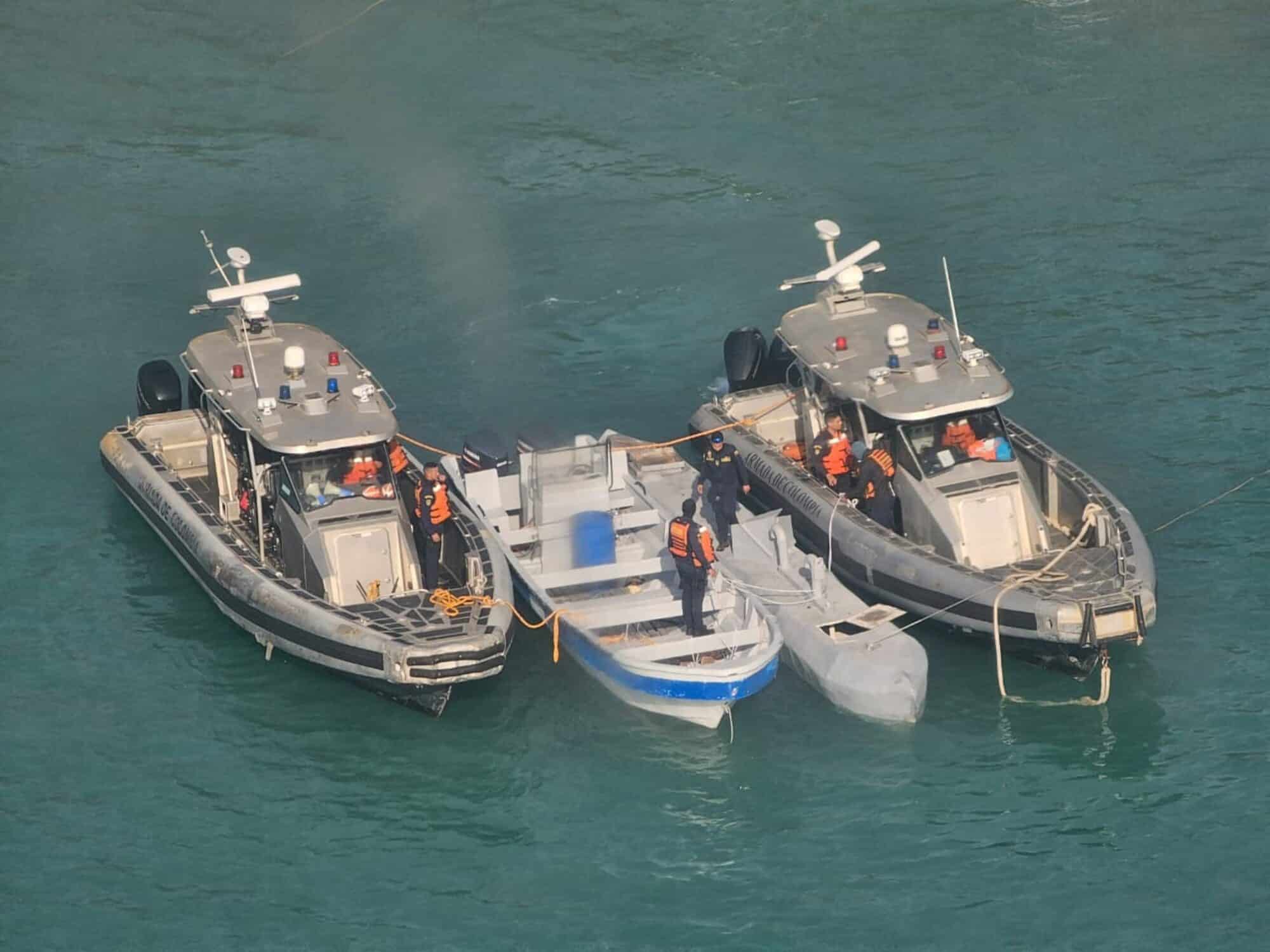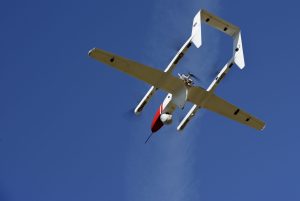Seizure of Uncrewed Narco-Submarine in Colombia Opens New Front in Drug Trafficking
The recent capture of an unmanned semi-submersible off Colombia’s coast has escalated the technological arms race between law enforcement agencies and drug cartels. This incident not only highlights advanced cartel tactics but also reveals an increasingly sophisticated underground network that rapidly adapts to hurdles posed by authorities.
Details of the Capture
In early July 2025, the Colombian Navy announced the interception of its first unmanned narco-submarine equipped with a Starlink satellite antenna near Tayrona National Park along the Caribbean coast. Though the vessel was drug-free at capture, indicative of a trial run, officials noted its potential to carry up to 1.5 tons of cocaine over distances reaching 800 miles.
The vessel featured a discreet, speedboat-sized hull with a gray exterior, minimizing its radar signature and visual detectability. Only antennas and air inlets were visible above the waterline, complicating detection efforts.
Technological Innovations
This event is noteworthy not only for the vessel’s unmanned nature but also for its integration of both consumer and military-grade technologies:
- The Starlink satellite modem facilitates real-time, remote control and monitoring, significantly surpassing former reliance on wireless or GPS systems.
- It boasts two antennas, one with reinforced protection, to ensure seamless communication, aiding in navigation and operational adjustments.
- Surveillance cameras enhance its functions: one outward-facing for navigation and one internal to monitor mechanical performance.
- The semi-submersible design allows the vessel to operate nearly submerged, blurring distinctions between surface vessels and true submarines.
Suspected Operators
The Gulf Clan, Colombia’s most formidable drug trafficking organization, is believed to be behind this operation. Known for pioneering logistical innovations, the clan benefits from cartel alliances and collaborations with engineers or tech consultants to improve its drug transit systems.
Why This Is Significant
This development marks a new chapter:
- Technological Escalation: The shift from manned to unmanned vehicles, particularly with long-range, Starlink-equipped subs, presents a dramatic increase in threat levels.
- Tactical Advantages: Without a human crew, the risk of capture and interrogation is eliminated, depriving law enforcement of valuable intelligence sources.
- Increased Evasion: The low radar profiles and satellite-controlled autonomy make these vessels elusive, complicating interception efforts.
- Potential for Global Spread: With precedents in India and the Mediterranean, this marks the first South American instance but likely not the last, as similar technologies might proliferate globally.
Impact on Law Enforcement
Admiral Juan Ricardo Rozo describes this as a significant turn in drug trafficking logistics, demanding all agencies to upgrade their detection and interdiction protocols. Satellite-based communication allows for dynamic adjustments in operations, posing continuous challenges for investigators.
Timeline: Narco-Submarine Evolution
| Year/Event | Technological Leap | Key Location/Operators |
|---|---|---|
| 1990s-2000s | Manned, low-profile, diesel subs | Colombian cartels |
| 2017 | Investment in unmanned systems | Colombian and Mexican cartels |
| Nov 2024 | First Starlink-connected sub | Indian police |
| 2025 | Unmanned semi-sub in Colombia | Gulf Clan |
Legal Implications
Colombian legislation now imposes severe penalties, including up to 14 years imprisonment, for any involvement with semi-submersible vessels meant for trafficking, regardless of the vessel’s content at capture.
Future Predictions
Experts predict that this is the beginning of a new era of drug transport that emphasizes rapid adaptation and increased automation, likely incorporating AI for navigation and decoy strategies. This technological advancement is expected to cross borders swiftly.
Law Enforcement Responses
Authorities worldwide must enhance technological capabilities, including advanced radar systems and AI-fueled surveillance, and collaborate internationally to preempt cartel strategies.
Concluding Thoughts
The advent of unmanned, highly automated narco-subs signals a paradigm shift in drug trafficking. No longer reliant on manned vessels, cartels now utilize off-the-shelf technology to create significant obstacles for global law enforcement. As one navy source aptly put it, “We are chasing a digital shadow.”
The battle on the high seas is evolving, integrating cyber tactics that necessitate equally sophisticated responses from those tasked with combating drug trafficking networks.













